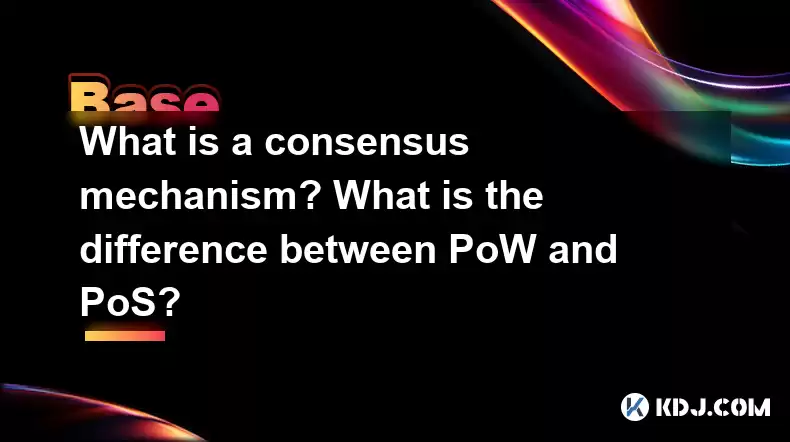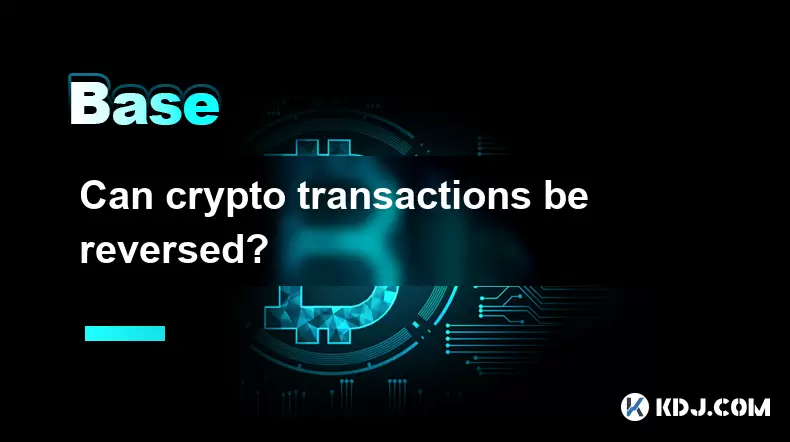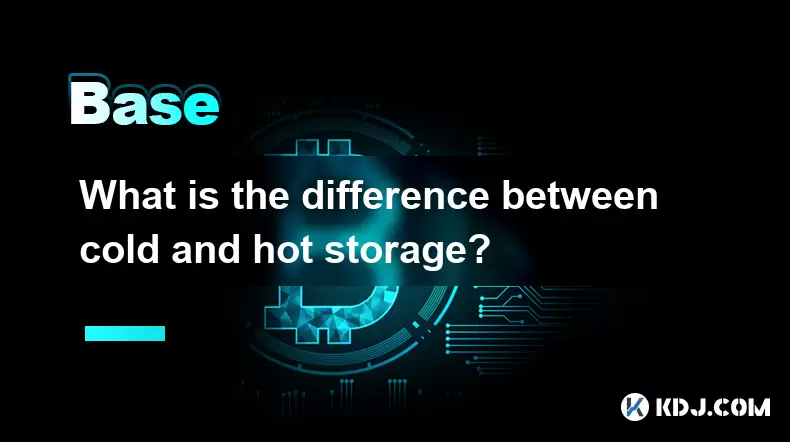-
 Bitcoin
Bitcoin $117700
-1.00% -
 Ethereum
Ethereum $4458
-3.91% -
 XRP
XRP $3.119
0.14% -
 Tether USDt
Tether USDt $1.001
-0.02% -
 BNB
BNB $836.6
-1.56% -
 Solana
Solana $189.5
-3.90% -
 USDC
USDC $0.9998
-0.02% -
 Dogecoin
Dogecoin $0.2335
1.29% -
 Cardano
Cardano $0.9642
1.51% -
 TRON
TRON $0.3539
-1.19% -
 Hyperliquid
Hyperliquid $47.41
-1.84% -
 Chainlink
Chainlink $21.92
-3.28% -
 Stellar
Stellar $0.4286
-0.23% -
 Sui
Sui $3.724
-3.29% -
 Bitcoin Cash
Bitcoin Cash $594.8
-0.78% -
 Ethena USDe
Ethena USDe $1.001
0.04% -
 Hedera
Hedera $0.2501
-2.06% -
 Avalanche
Avalanche $23.96
-4.87% -
 Litecoin
Litecoin $119.0
-2.32% -
 Toncoin
Toncoin $3.473
0.82% -
 UNUS SED LEO
UNUS SED LEO $9.596
0.17% -
 Shiba Inu
Shiba Inu $0.00001301
-0.39% -
 Uniswap
Uniswap $11.03
-0.25% -
 Polkadot
Polkadot $3.935
-2.62% -
 Dai
Dai $1.000
0.01% -
 Bitget Token
Bitget Token $4.564
-1.76% -
 Cronos
Cronos $0.1512
-4.11% -
 Ethena
Ethena $0.7306
-1.09% -
 Pepe
Pepe $0.00001087
-2.68% -
 Aave
Aave $300.2
-4.00%
What is a consensus mechanism? What is the difference between PoW and PoS?
Cryptocurrencies use consensus mechanisms like Proof-of-Work (PoW) and Proof-of-Stake (PoS) to secure transactions. PoW relies on computational power, while PoS uses staked cryptocurrency, each with trade-offs in security, energy efficiency, and scalability.
Mar 01, 2025 at 01:54 pm

Key Points:
- Consensus mechanisms are crucial for cryptocurrencies to function securely and efficiently, ensuring all participants agree on the state of the blockchain.
- Proof-of-Work (PoW) and Proof-of-Stake (PoS) are two prominent consensus mechanisms with distinct approaches to validating transactions and securing the network.
- PoW relies on computational power, while PoS prioritizes the amount of cryptocurrency staked.
- Each mechanism has its strengths and weaknesses regarding security, energy efficiency, and scalability.
What is a Consensus Mechanism?
In the decentralized world of cryptocurrencies, a consensus mechanism is the critical process that allows a distributed network of computers to agree on a single, consistent version of the blockchain. Without a reliable consensus mechanism, a cryptocurrency would be vulnerable to attacks and double-spending, rendering it useless. Essentially, it's the method used to verify and add new blocks of transactions to the blockchain, ensuring its integrity and security. Different cryptocurrencies utilize different mechanisms, each with its advantages and drawbacks.
Proof-of-Work (PoW): The Mining Approach
PoW, famously used by Bitcoin, is a consensus mechanism where miners compete to solve complex cryptographic puzzles. The first miner to solve the puzzle gets to add the next block of transactions to the blockchain and receives a reward in cryptocurrency. This process requires significant computational power, hence the term "proof-of-work." The more computational power a miner dedicates, the higher their chance of winning the reward. This competition ensures the security of the network, as attacking it would require overwhelming computational power.
The Mechanics of PoW:
- Miners receive transaction data.
- Miners compete to solve a complex cryptographic hash function.
- The first miner to solve the puzzle adds the block to the blockchain.
- The winning miner receives a reward in cryptocurrency.
- The network verifies the solution and adds the block to the blockchain.
Proof-of-Stake (PoS): Staking Your Crypto
Unlike PoW's reliance on computational power, PoS uses a different approach to secure the network. In PoS, validators are chosen to create new blocks based on the amount of cryptocurrency they "stake." This means they lock up a certain amount of their coins as collateral. The more coins a validator stakes, the higher their chance of being selected to validate transactions and add a new block to the blockchain. This process is significantly more energy-efficient than PoW.
The Mechanics of PoS:
- Validators stake their cryptocurrency.
- The network randomly selects validators based on their stake.
- Selected validators create and validate new blocks.
- Validators receive rewards for validating transactions.
- The network verifies the validity of the new block.
Key Differences Between PoW and PoS:
The fundamental difference lies in how they secure the network. PoW relies on computational power, consuming significant energy, while PoS relies on staked cryptocurrency, making it significantly more energy-efficient. PoW's security is derived from the immense computational effort required to attack the network. PoS, conversely, relies on the economic incentive of validators losing their staked coins if they act maliciously. PoS is often considered more scalable than PoW, as it doesn't require the same level of computational resources.
Energy Consumption:
PoW systems are notorious for their high energy consumption due to the vast computational power needed for mining. This raises environmental concerns. PoS systems, on the other hand, are significantly more energy-efficient, making them a more environmentally friendly option. The energy difference is substantial, with PoS often boasting orders of magnitude lower energy consumption.
Scalability:
PoW's reliance on computational power creates limitations in terms of scalability. Increasing transaction volume requires an exponential increase in computing power, leading to network congestion and slower transaction times. PoS generally offers better scalability due to its lower computational requirements.
Security Considerations:
Both mechanisms offer varying degrees of security. PoW's security stems from the computational difficulty of attacking the network, while PoS's security depends on the economic incentive of validators not acting maliciously, risking their staked coins. The security of both systems relies on the network's size and the participants' honesty.
Other Consensus Mechanisms:
Beyond PoW and PoS, other consensus mechanisms exist, each with unique characteristics. Delegated Proof-of-Stake (DPoS) involves electing delegates to validate transactions, while Proof-of-Authority (PoA) relies on trusted validators. These alternatives aim to address the shortcomings of PoW and PoS, offering different trade-offs in terms of security, scalability, and energy efficiency. The choice of consensus mechanism significantly influences a cryptocurrency's overall performance and characteristics.
Frequently Asked Questions:
Q: Is PoW or PoS more secure? A: Both offer strong security, but through different means. PoW relies on computational power, making attacks extremely resource-intensive. PoS relies on economic incentives, punishing malicious validators with stake loss. The "more secure" mechanism depends on the specific implementation and the overall size and health of the network.
Q: Which is more energy-efficient, PoW or PoS? A: PoS is significantly more energy-efficient than PoW. PoW requires massive computational power, leading to high energy consumption, while PoS's energy needs are considerably lower.
Q: Which is more scalable, PoW or PoS? A: PoS generally offers better scalability compared to PoW. PoW's scalability is limited by the computational power required, while PoS can handle higher transaction volumes more efficiently.
Q: What are the risks associated with PoS? A: A major risk is the potential for "nothing-at-stake" attacks, where validators can support multiple conflicting blocks without significant penalty. However, various mechanisms have been developed to mitigate these risks. Additionally, the concentration of stake in the hands of a few large holders could potentially centralize control.
Q: What are the risks associated with PoW? A: The primary risk is the high energy consumption and environmental impact. Furthermore, the computational intensity can create barriers to entry for smaller miners, potentially leading to centralization. The cost of mining hardware is also a significant factor.
Disclaimer:info@kdj.com
The information provided is not trading advice. kdj.com does not assume any responsibility for any investments made based on the information provided in this article. Cryptocurrencies are highly volatile and it is highly recommended that you invest with caution after thorough research!
If you believe that the content used on this website infringes your copyright, please contact us immediately (info@kdj.com) and we will delete it promptly.
- Kazakhstan's Crypto Leap: Bitcoin ETF and Central Asia's Digital Finance Future
- 2025-08-13 12:45:19
- BlockDAG Presale Blazes Past $371M: Fundraising Frenzy Fuels Crypto Sensation
- 2025-08-13 13:05:21
- Meme Coins: Chasing the 2025 Surge – Which Will Moonshot?
- 2025-08-13 10:25:23
- Bitcoin's Wild Ride: Rally, Pullback, and What's Next
- 2025-08-13 10:25:23
- Bitcoin, Bitmax, and Institutional Demand: A New Era of Crypto Investment
- 2025-08-13 10:45:12
- Solana, ROAM, and Airdrops: What's the Buzz in 2025?
- 2025-08-13 11:35:13
Related knowledge

Can crypto transactions be reversed?
Aug 10,2025 at 01:35am
Understanding the Immutability of Blockchain TransactionsCryptocurrency transactions are built on blockchain technology, which is designed to be immut...

What happens if I forget my crypto wallet password?
Aug 09,2025 at 08:50am
Understanding the Role of a Crypto Wallet PasswordA crypto wallet password serves as a critical security layer that protects access to your digital as...

What is the difference between cold and hot storage?
Aug 12,2025 at 01:01am
Understanding Cold Storage in CryptocurrencyCold storage refers to offline methods of storing cryptocurrency private keys, ensuring they are not expos...

What is hot storage in crypto?
Aug 11,2025 at 07:08am
Understanding Hot Storage in CryptocurrencyHot storage refers to cryptocurrency wallets that are connected to the internet. Unlike cold storage soluti...

What is cold storage in crypto?
Aug 13,2025 at 11:35am
Understanding Cold Storage in CryptocurrencyCold storage in cryptocurrency refers to a method of storing digital assets offline, away from internet-co...

What is the best crypto portfolio tracker?
Aug 10,2025 at 05:08am
Understanding the Role of a Crypto Portfolio TrackerA crypto portfolio tracker is a digital tool designed to help investors monitor the performance of...

Can crypto transactions be reversed?
Aug 10,2025 at 01:35am
Understanding the Immutability of Blockchain TransactionsCryptocurrency transactions are built on blockchain technology, which is designed to be immut...

What happens if I forget my crypto wallet password?
Aug 09,2025 at 08:50am
Understanding the Role of a Crypto Wallet PasswordA crypto wallet password serves as a critical security layer that protects access to your digital as...

What is the difference between cold and hot storage?
Aug 12,2025 at 01:01am
Understanding Cold Storage in CryptocurrencyCold storage refers to offline methods of storing cryptocurrency private keys, ensuring they are not expos...

What is hot storage in crypto?
Aug 11,2025 at 07:08am
Understanding Hot Storage in CryptocurrencyHot storage refers to cryptocurrency wallets that are connected to the internet. Unlike cold storage soluti...

What is cold storage in crypto?
Aug 13,2025 at 11:35am
Understanding Cold Storage in CryptocurrencyCold storage in cryptocurrency refers to a method of storing digital assets offline, away from internet-co...

What is the best crypto portfolio tracker?
Aug 10,2025 at 05:08am
Understanding the Role of a Crypto Portfolio TrackerA crypto portfolio tracker is a digital tool designed to help investors monitor the performance of...
See all articles

























































































